Which ISO Standards Are Made for Collaborative Robots

Posted on Aug 25, 2015 in Collaborative Robots
5 min read time
Standards are guidelines that are determined by non-governmental organizations in the region where you are located, or if you are selling internationally in the region where your sales are located. One organization that manages standards is the International Organization for Standardization (ISO). This organization manages a ridiculously huge quantity of norms that treat almost everything, from pharmaceuticals to robot safety. They provide guidance on the design, use or performance of materials, products, processes, services, systems or persons.
Since the range of applications is very wide, here's a general definition that covers the entire literal meaning of “standard”.
''A standard is a document outlining specific or minimum working conditions to be fulfilled, and its development is the result of a particular consensus or standardization effort.
If the standard has been consulted upon within the <according authorities> and forms part of collective agreements, it holds the title of "directive".
Standards are designed to provide measures which are considered necessary or appropriate for the prevention of accidents and injuries, and also for protection against exposure to unhealthy environmental or occupational factors.
Standards are developed with the intention of protecting personnel from the hazards of their employment, and are conceived so as to exercise the minimum restriction or interference with operations or levels of service.'' [1]
[1] Treasury Board of Canada, consulted on July 15th.
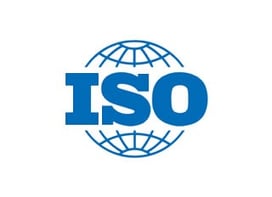 Standards ensure consistency of essential features for goods and services, such as quality, ecology, safety, economy, reliability, compatibility, interoperability, efficiency and effectiveness. So this is basically a guide that should be followed in order to produce things within the safety guidelines for a particular product or production process. However, a standard is not legally binding, though in reality they often have the effect of law. The fact is that even though standards are not laws, they can be used to compliment laws and are often thereby incorporated into them. So if a governing organization is promulgating a law, it will probably refer to some standard, ISO or other, which is already established instead of reinventing a whole new standard. This might then unify different existing laws and reduce the complexity of the law, since it might refer to standards that are already being followed. You should notice that there could be other organizations other than ISO that could provide standards relative to your robotic cell, like the International Electrotechnical Commission (IEC) which also establishes standards.
Standards ensure consistency of essential features for goods and services, such as quality, ecology, safety, economy, reliability, compatibility, interoperability, efficiency and effectiveness. So this is basically a guide that should be followed in order to produce things within the safety guidelines for a particular product or production process. However, a standard is not legally binding, though in reality they often have the effect of law. The fact is that even though standards are not laws, they can be used to compliment laws and are often thereby incorporated into them. So if a governing organization is promulgating a law, it will probably refer to some standard, ISO or other, which is already established instead of reinventing a whole new standard. This might then unify different existing laws and reduce the complexity of the law, since it might refer to standards that are already being followed. You should notice that there could be other organizations other than ISO that could provide standards relative to your robotic cell, like the International Electrotechnical Commission (IEC) which also establishes standards.
Here’s a short list of some organizations that promulgate standards:
- ISO: The International Organization for Standardization is an international standard setting body composed of representatives from various national standards organizations. The organization promotes worldwide proprietary, industrial and commercial standards.
- OSHA: The Occupational Safety and Health Administration is an agency of the United States Department of Labor. Their mission is to assure safe and healthful working conditions for working men and women by setting and enforcing standards and by providing training, outreach, education and assistance’’.
- ANSI: The American National Standards Institute is a private non-profit organization that oversees the development of voluntary consensus standards for products, services, processes, systems, and personnel in the United States. The organization also coordinates U.S. standards with international standards so that American products can be used worldwide.
- CSA: The Canadian Standards Association, a division of CSA Group, is a not-for-profit standards organization which develops standards in 57 areas. CSA publishes standards in print and electronic form and provides training and advisory services. CSA is composed of representatives from industry, government and consumer groups.
How does it work?
ISO standards are constructed in a way so that the ‘’top level’’ standard is the first reference. As you go down the standard level, you get to the most specific safety standard that applies (in this case) to robots or robotic devices.
Essentially, the A-level standards are the highest level standard. They apply to fundamental safety knowledge, basic design features and general machine aspects. The B-Level standards are more specific to particular devices that can be found on different types of machines. It is still a general standard, but it goes into specific safety features. C-Level standards are specific safety requirements for a specific kind of machine, a robot for example. As you go down the diagram illustrated in Table 1, you get more and more specialized or refined for your product or process. For example, ISO 12100 - Safety of machinery defines different basic concepts such as risk assessments and risk reduction for all types of machines. But, the ISO 10218 – Robots and robotic devices is written specifically in terms of robotics and uses robotic examples for detailing safety requirements for industrial robots. Both standards pretty much provide the same function, i.e. machine safety, but since ISO 10218 is specific to robots, this is a more direct way to communicate. ISO 13482 was issued in 2014 and is specific to “personal care robots” which allows close robot-human interaction and even robot-human contact. This is another category altogether from those robots that are used in manufacturing products, but it is totally possible that the different categories will be blurred in functionality and practice.
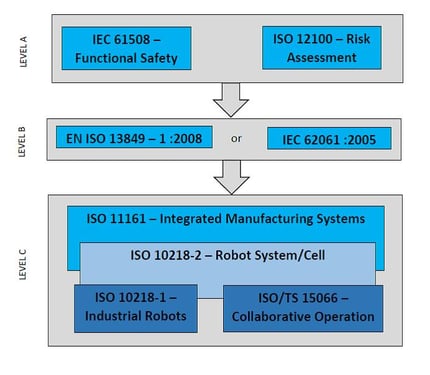
Table 1: Standard Levels
The revised ISO 10218 standard Parts 1 and 2 and the ISO/TS 15066 Technical Specification, define the safety requirements for the sphere of collaborative robots. Besides the robot itself, the collaborative robot in this context includes the end effector, i.e. the tool attached to the robot arm with which the robot performs tasks, and the objects moved by it. Close or direct contact between the collaborative robot and the operator gives rise by definition to the possibility of collision. The manufacturer's risk assessment must therefore also cover the intended industrial workplace. The basis for this risk assessment is ISO 10218 Parts 1 and 2, as well as the Machinery Directive.
Note also that ISO/TS 15066 is still currently a work in progress. This standard is about the clarification of the four different types of collaboration: Safety Monitored Stop, Hand Guiding, Speed & Separation Monitoring and Power & Force Limiting. As these different types of collaboration were already present in ISO 10218, the new standards will clarify specific points especially concerning the maximum speed and the maximum pressure and force value allowable to achieve a safe human-robot collaboration. It is a TS (Technical Specification) because more application knowledge and data needed to be analyzed before accrediting the standard. Important data such as acceptable pain level and body part inertia had to be considered in the design of the standard to establish a force/energy/speed limit for collaborative robots. Notice that this new standard will also consider all robotic devices such as grippers that can compromise worker safety.
If you need further information on standards, types of collaborative applications and other robot safety requirements, download our eBook on risk assessment.


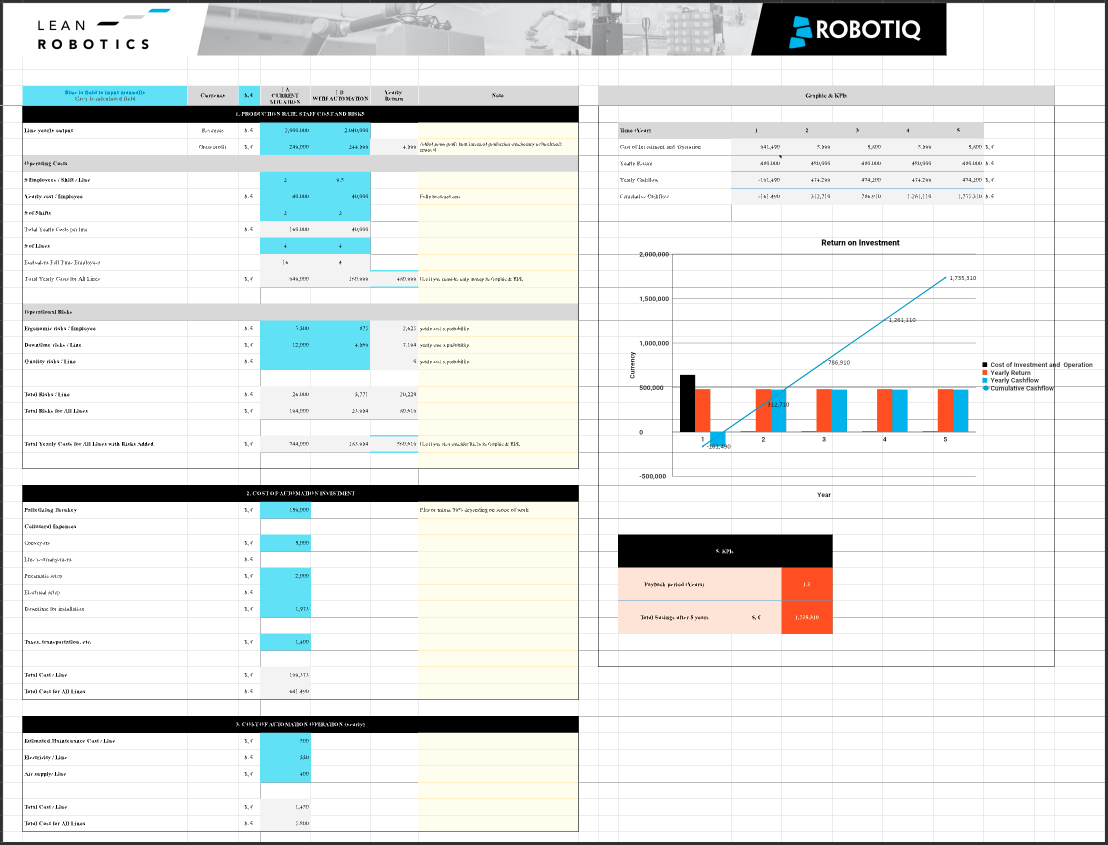

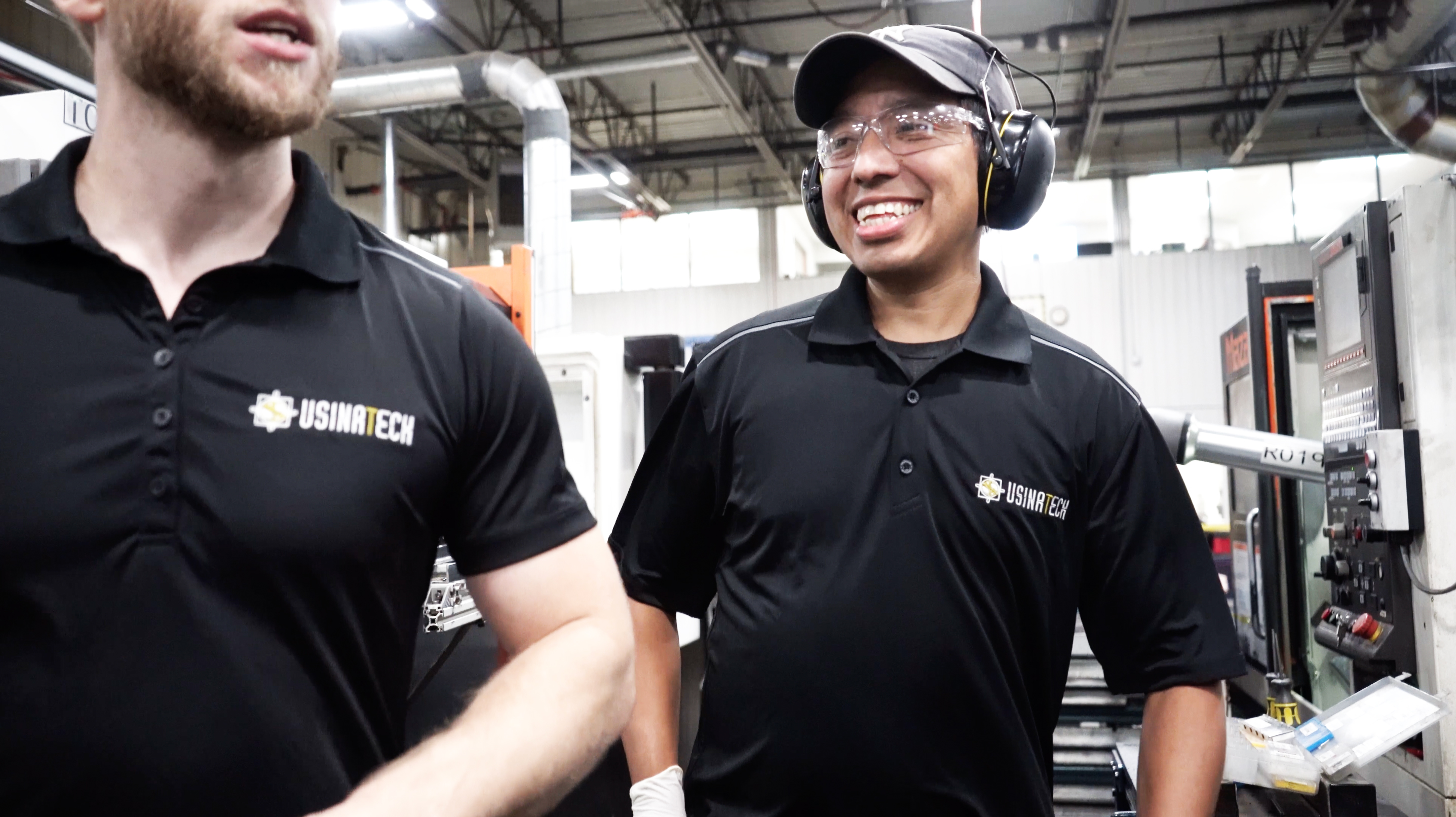

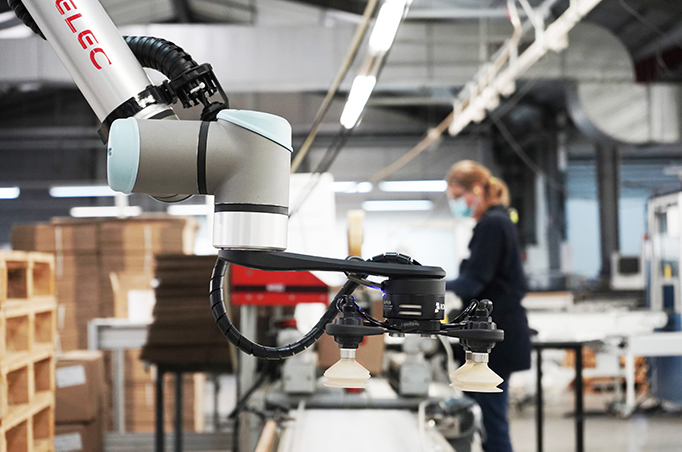
Leave a comment